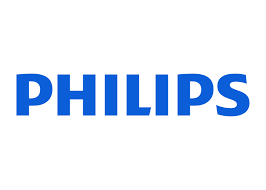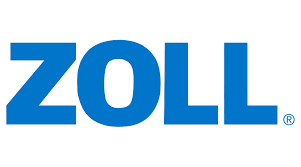Dietary Guidelines for Preventing and Recovering from Stroke | Wellbeing
A stroke, also known as a cerebrovascular accident, is one of the leading causes of death worldwide. It occurs when the blood supply to the brain is interrupted, leading to a lack of oxygen for brain cells. The longer this condition persists, the more brain cells die. Therefore, recognizing stroke symptoms and taking timely action is crucial. Stroke can be effectively prevented through a healthy lifestyle and diet.
1. Causes of Stroke
There are two main categories of stroke causes: fixed risk factors (age, gender, family history, and ethnicity) and pathological causes.
Research consistently shows that the risk of stroke increases with age. From the age of 55, the risk of stroke doubles every 10 years. Men are at a higher risk of experiencing a stroke compared to women. Additionally, factors such as a family history of stroke or ethnicity (e.g., people of color) also increase the risk.
Pathological factors include: a history of previous strokes, diabetes, high blood pressure, cardiovascular diseases, high cholesterol, overweight, and obesity, all of which significantly raise the risk of stroke. Furthermore, an unhealthy lifestyle such as smoking, lack of exercise, and poor diet further increases the risk.
2. Symptoms of Stroke
Every minute that passes, more brain cells die. Therefore, recognizing stroke symptoms and taking timely action is crucial. Common stroke symptoms include:
- Sudden feelings of weakness or lethargy.
- Numbness of the face, with a noticeable droop on one side of the smile. This is one of the most common and significant stroke symptoms.
- Dizziness, sudden loss of balance, difficulty moving. The most accurate sign of a stroke is the inability to lift both arms above the head simultaneously.
- Severe headache, which may cause nausea. Blurred vision.
These stroke symptoms may appear simultaneously or individually. Additionally, the patient may experience a transient ischemic attack, which lasts only a few minutes. This is a crucial warning sign of a stroke that patients and their families should be aware of.
3. Dietary Guidelines for Preventing and Recovering from Stroke
Establishing a healthy diet is crucial for quick recovery from a stroke:
- Minimize sodium intake. Avoid overly salty foods and fast food as they often contain high amounts of salt.
- Avoid overeating, which leads to high fat intake. Obesity increases the risk of recurrent stroke symptoms and overall stroke risk.
- Eat plenty of fruits and vegetables.
- Include a variety of nutrients in your diet.
- Do not completely eliminate fat but consume it in moderation. Aim to remove saturated fats from your diet and instead include fats from nuts.
Such dietary practices are also important for stroke prevention in those who have never had a stroke. Additionally, early recognition of stroke and cerebrovascular accident symptoms and timely intervention are crucial for patients. Wellbeing is one of the leading organizations in Vietnam for first aid training, offering courses for both children and adults. At Wellbeing, students receive essential knowledge on first aid for common accidents, including stroke. For comprehensive first aid training, visit socapcuu.vn or call the hotline 088 611 99 11 today.
Prevention in those who have never had a stroke. Additionally, early recognition of stroke are cerebrovascular accident symptoms and timely intervention are crucial for patients. Wellbeing is one of the leading organizations in Vietnam for first aid training, offering courses
Bình luận:
Không có bình luận nào cho bài viết.

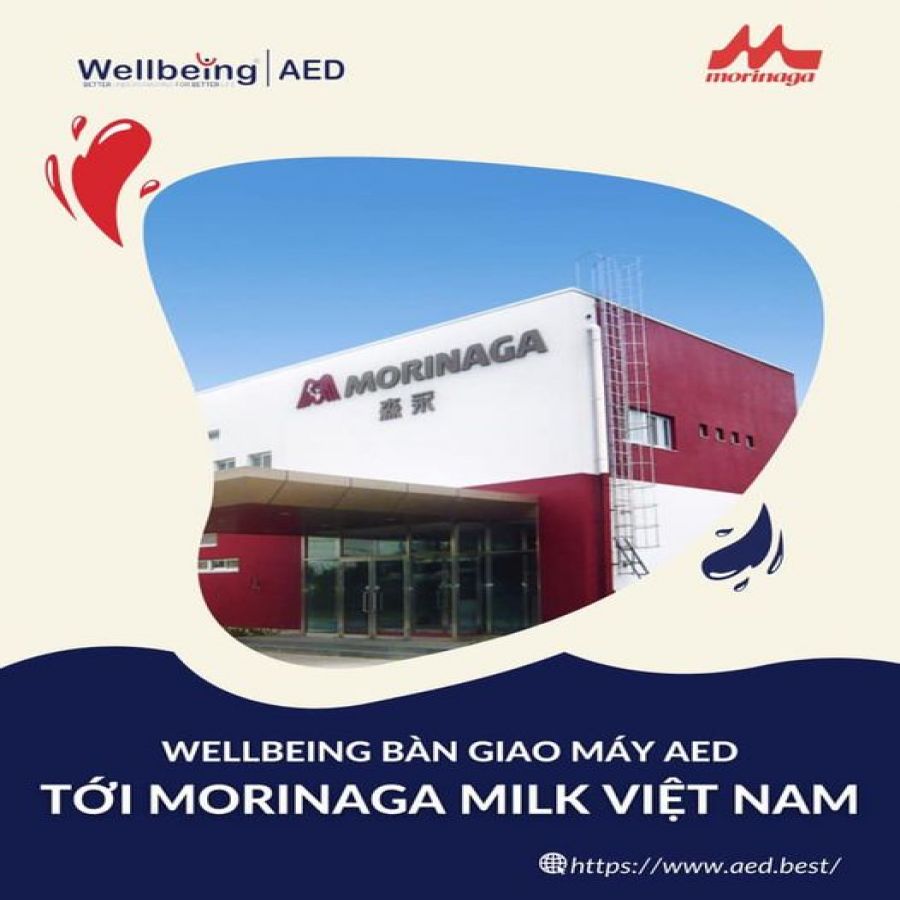
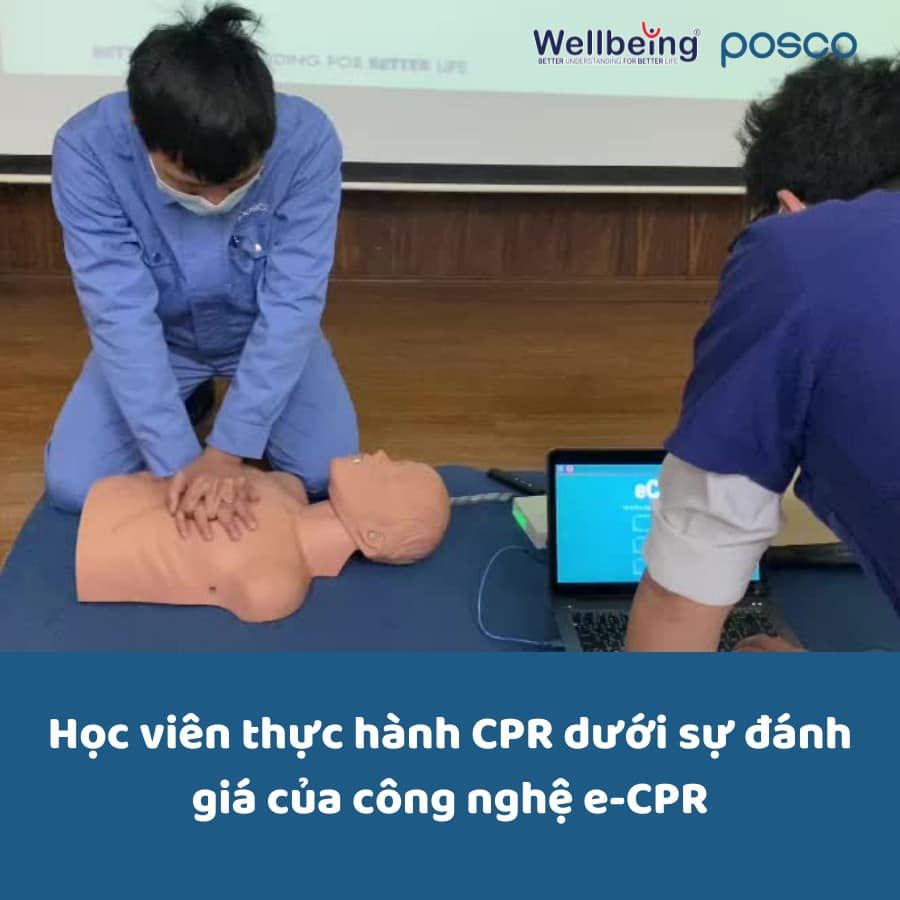
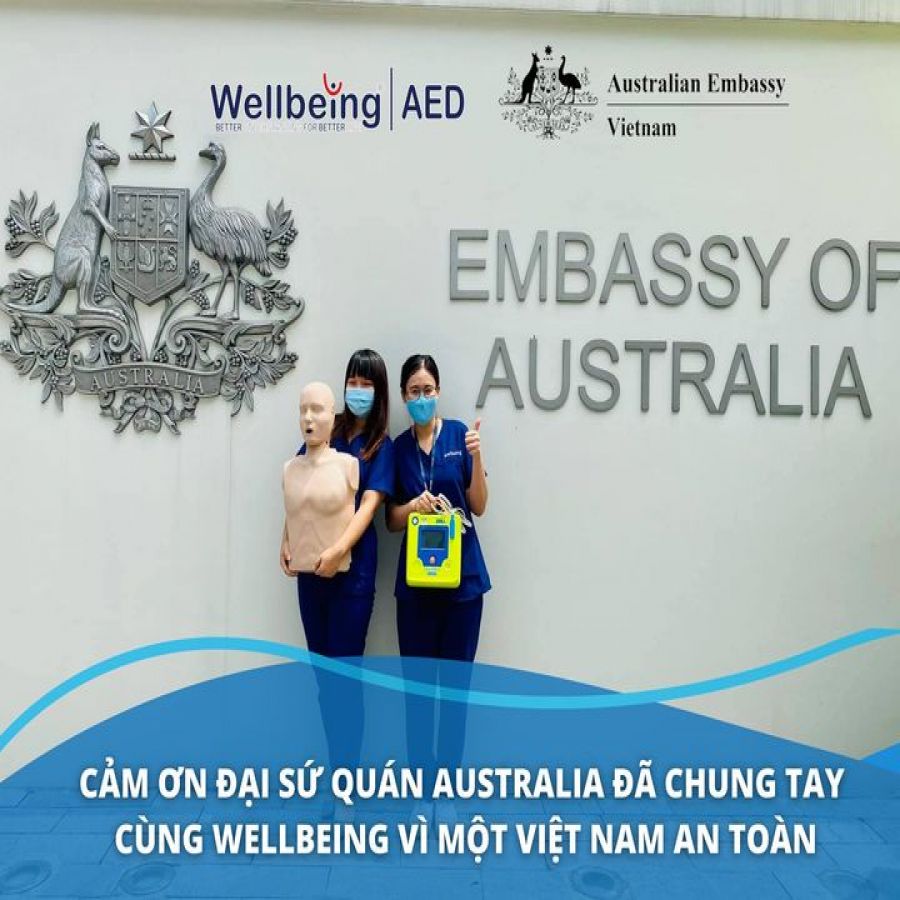


.png)
.png)
